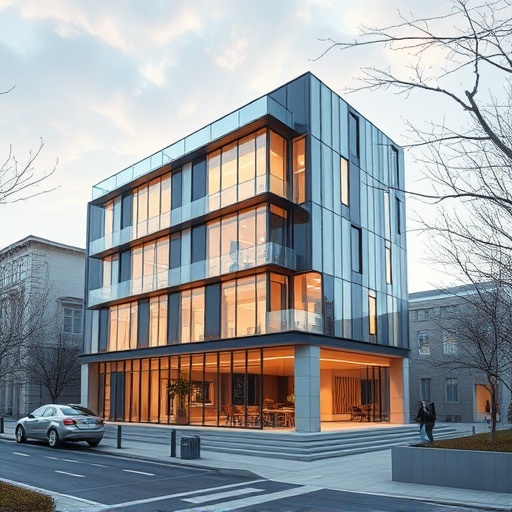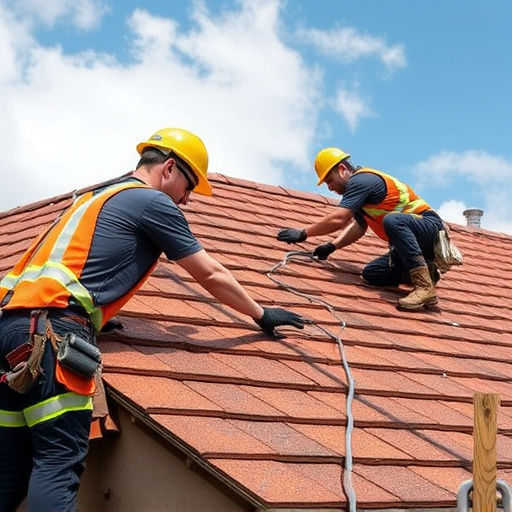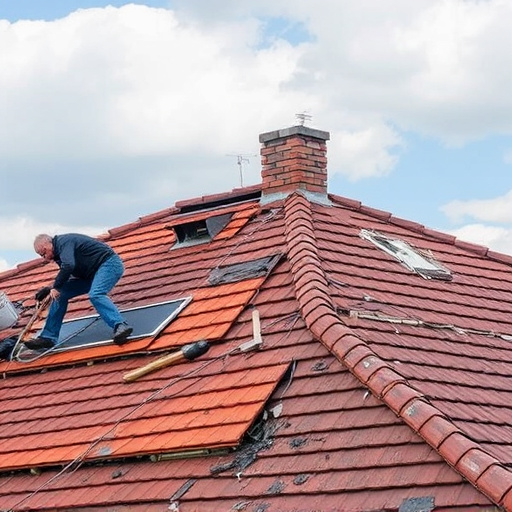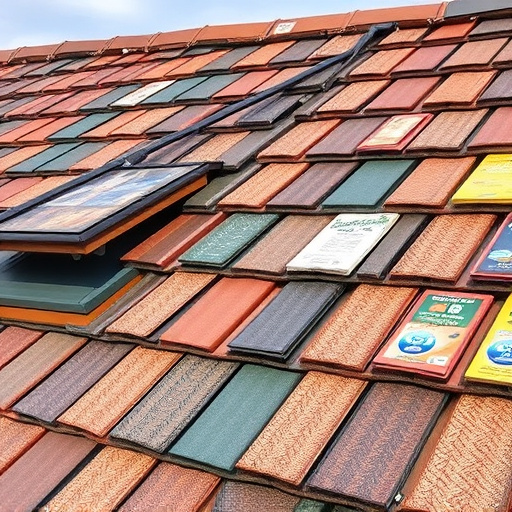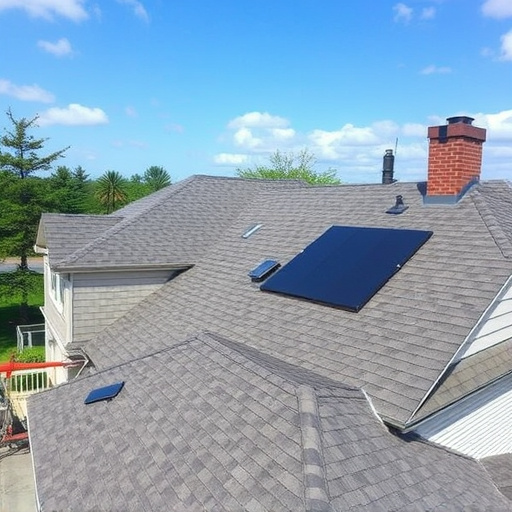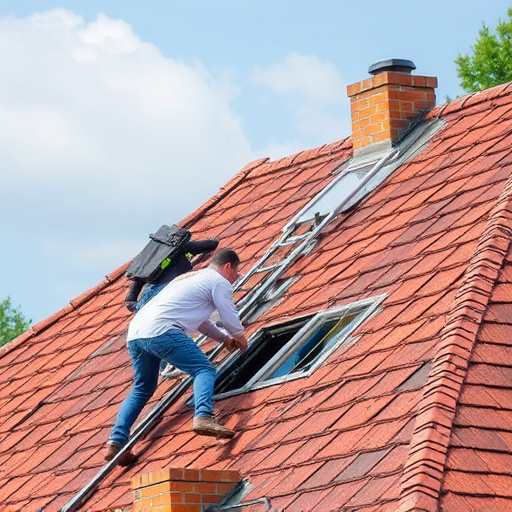Gutters, essential for redirecting rainwater, consist of gutters, downspouts, and connectors. Proper maintenance requires regular inspections every few months, cleaning debris buildup like leaf clogs, and monitoring for damage or corrosion. Professional siding experts can aid in these tasks. Regular upkeep extends gutter lifespan, prevents water damage, and avoids costly repairs. After installation, address common challenges like debris buildup and storm damage through routine inspections and quick repairs from professional roofing services.
After a successful gutter installation, proper maintenance is key to ensuring optimal performance and longevity. This guide provides an in-depth look at your gutter system’s components and functionality, offering essential tips for regular upkeep. We’ll walk you through simple yet effective tasks to keep your gutters clear and functional. Additionally, we address common post-installation issues, empowering you to troubleshoot and maintain your new gutter system effortlessly.
- Understanding Your Gutter System: Components and Functionality
- Regular Maintenance Tasks for Optimized Performance
- Problem-Solving: Addressing Common Issues Post-Installation
Understanding Your Gutter System: Components and Functionality
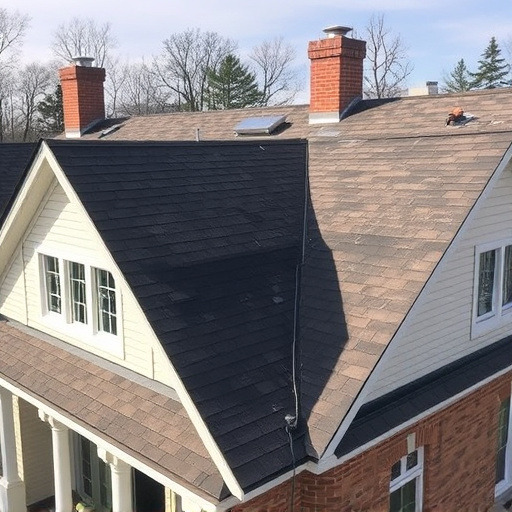
Gutters are an essential component of your home’s exterior, designed to direct rainwater away from your roof and foundations. Understanding the various parts that make up your gutter system is crucial for effective maintenance following a proper gutter installation. The primary components include the gutters themselves, often made of materials like aluminum or steel, downspouts that carry water from the gutters to the ground, and connectors that secure the system in place.
Proper functionality relies on seamless integration between these parts. During installation, ensure that all connections are tight and sealed to prevent leaks. Regularly inspect your gutter system for signs of damage, such as bends, cracks, or loose sections, particularly after storms. Promptly addressing issues like storm damage repair can prevent larger problems down the line, ensuring the longevity of your gutter system and protecting your home from potential siding services needed due to water intrusion. Rely on professional siding experts for comprehensive maintenance and repairs to keep your gutters operating efficiently.
Regular Maintenance Tasks for Optimized Performance
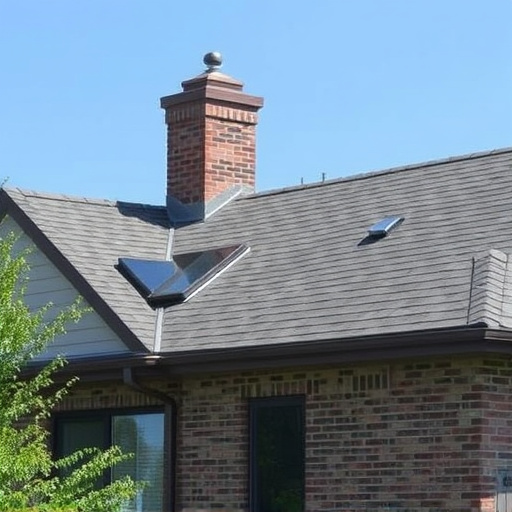
Regular maintenance is key to ensuring your gutters perform optimally after installation, enhancing the overall health of your home’s exterior. A crucial step is inspecting them frequently, ideally every few months, for any signs of damage or debris buildup. This includes checking for clogs caused by fallen leaves, branches, or other organic material, as these can obstruct water flow and lead to overflow during heavy rainfall.
Another essential task involves cleaning the gutters thoroughly, removing all debris and ensuring smooth water drainage. Many homeowners opt for professional roof consulting services to aid in this process, especially for taller homes or complex gutter systems. Additionally, keeping an eye out for cracks, rust, or signs of corrosion is vital, as these issues can be addressed promptly by home exterior services providers before they escalate. Regular maintenance not only extends the lifespan of your gutters but also prevents costly repairs and water damage to your property, ensuring a beautiful and well-maintained commercial siding or home exterior for years to come.
Problem-Solving: Addressing Common Issues Post-Installation
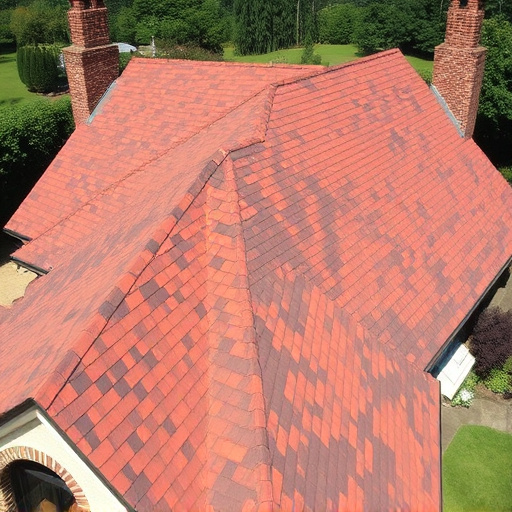
After a successful gutter installation, it’s common to encounter some challenges as time goes on. Understanding and addressing these issues promptly is key to ensuring your gutters function optimally. One frequent problem is debris buildup, which can be attributed to fallen leaves, twigs, or even bird nests during different seasons. Regular cleaning and maintenance are necessary to prevent clogs and water damage.
Another common issue post-installation might be leaks or structural problems caused by storm damage repair. High winds and intense rainfall can affect the integrity of your gutters, leading to shifts in position or damaged components. Fortunately, many of these issues can be easily remedied with routine inspections and quick repairs from professional roofing services, especially for commercial roofing properties that require more robust solutions.
After installing your gutters, regular maintenance is key to ensuring optimal performance and prolonging their lifespan. By understanding your gutter system’s components and functionality, you can efficiently tackle routine tasks like cleaning and inspecting for damage. Remember, addressing common issues promptly post-installation is crucial to prevent costly repairs later on. With proper care, your newly installed gutters will effectively protect your home from water damage, ensuring a dry and healthy environment for years to come.
